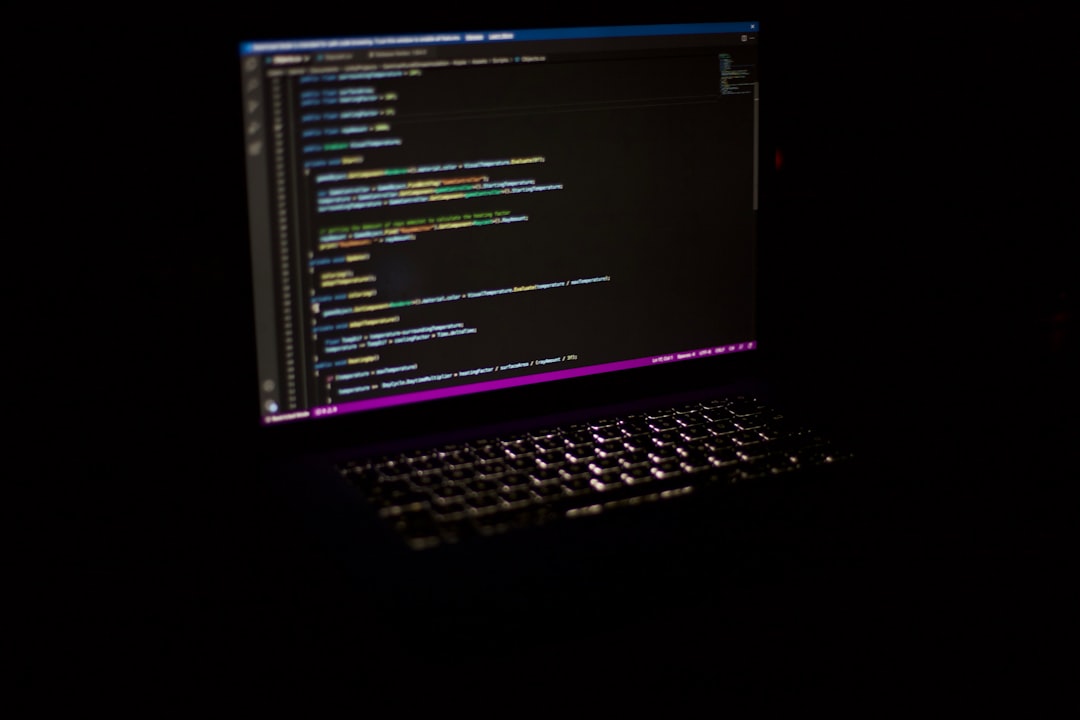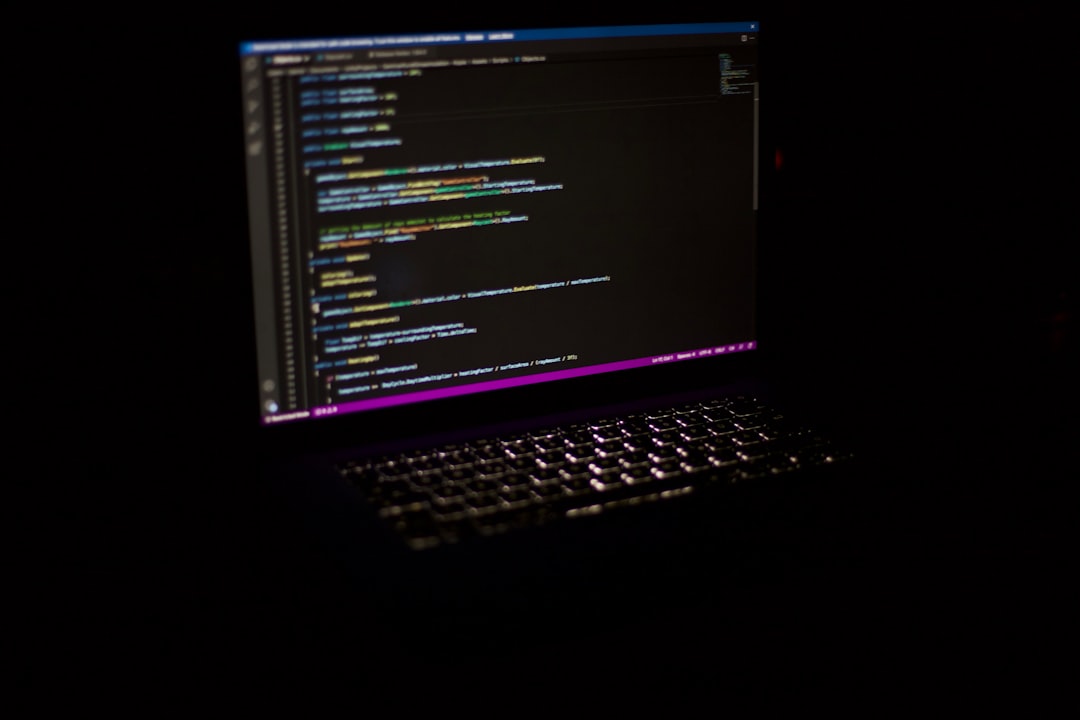If you’re building a Hackintosh or running macOS on unsupported hardware using OpenCore, encountering boot issues can be frustrating. One of the most commonly reported problems is the macOS EFI boot option missing from the OpenCore boot picker. This often leaves users unable to boot into macOS, even though everything might have been working fine previously. Fortunately, this issue is usually solvable with some careful troubleshooting and configuration adjustments.
Understanding the Problem
The macOS EFI boot option typically appears in the OpenCore bootloader menu, allowing you to select and boot into your macOS installation. However, in some scenarios, this option can disappear due to:
- Corrupted or outdated EFI folder
- Incorrect configuration in
config.plist - SMBIOS or APFS driver issues
- FileVault encryption interfering with boot detection
Before resorting to a full reinstall, be sure to try these proven solutions.
1. Rebuild or Update Your EFI Folder
Your EFI folder houses the core OpenCore files and kexts (kernel extensions) needed to boot macOS. If the EFI folder becomes corrupted or if you’re using an outdated version of OpenCore, it may fail to recognize macOS installations.
- Make sure you’re running the latest stable release of OpenCore.
- Ensure all kexts are updated to match your OpenCore version.
- Rebuild your EFI folder using OpenCore ProperTree or OpenCore Auxiliary tools.
After updating your EFI folder, mount the EFI partition of your macOS disk and replace the old EFI files with the new ones. Be sure to back up your existing folder before making any changes.

2. Verify and Fix config.plist
The configuration file config.plist is a key part of the OpenCore setup. One misconfiguration could prevent OpenCore from presenting your macOS drive in the boot picker.
Using a plist editor like ProperTree, check the following settings:
- Misc > Security > ScanPolicy: Set it to
0to allow full disk scanning. - Misc > Boot > HideAuxiliary: Ensure this is
falseso macOS recovery volumes are not hidden unnecessarily. - UEFI > Drivers: Confirm
OpenRuntime.efiandOpenCanopy.efiare loaded correctly, if using graphical boot picker. - UEFI > APFS > EnableJumpstart: Make sure it’s set to
trueto allow loading of APFS drivers necessary for macOS volumes.
3. Use Drive Selection Utilities
If your drive’s EFI partition is not recognized, or you suspect partition corruption, try using tools like:
- diskutil on macOS terminal
- Clover Configurator to mount EFI partitions
- gparted from a Linux live environment to inspect partition tables
Look for the EFI partition on your macOS-installed drive. It should be around 200MB and formatted as FAT32. Verify that it contains the necessary OpenCore bootloader files.
4. Reset NVRAM
The Non-Volatile RAM (NVRAM) stores small pieces of configuration data, including boot drive paths. A corrupted NVRAM entry may result in OpenCore losing its macOS EFI boot option.
You can reset NVRAM from the OpenCore boot picker by pressing Command + Option + P + R or by selecting the “Reset NVRAM” option if available. After resetting, reboot and enter BIOS to confirm your boot order hasn’t changed.

5. Check BIOS Settings
Improper BIOS configuration can also lead to boot issues. Be sure the following settings are correctly adjusted:
- SATA Mode: Set to AHCI, not RAID.
- Secure Boot: Disabled.
- CSM: Disabled for pure UEFI mode (recommended for OpenCore).
- Fast Boot: Disabled to allow OpenCore full init time.
These settings ensure that your hardware is operating in a way that OpenCore expects.
Final Thoughts
The disappearance of the macOS EFI boot option under OpenCore can be a nerve-wracking experience, but it’s usually tied to configuration errors or corrupted boot files. By methodically checking your EFI folder, BIOS settings, and config.plist, most users are able to resolve the issue without needing to reinstall macOS.
Take your time, make backups before modifying critical components, and follow trusted guides from the community. Tools like ProperTree and sanity checkers for config.plist can ensure you’re following best practices. With the proper setup, OpenCore is one of the most stable bootloaders for macOS on non-Apple hardware.
